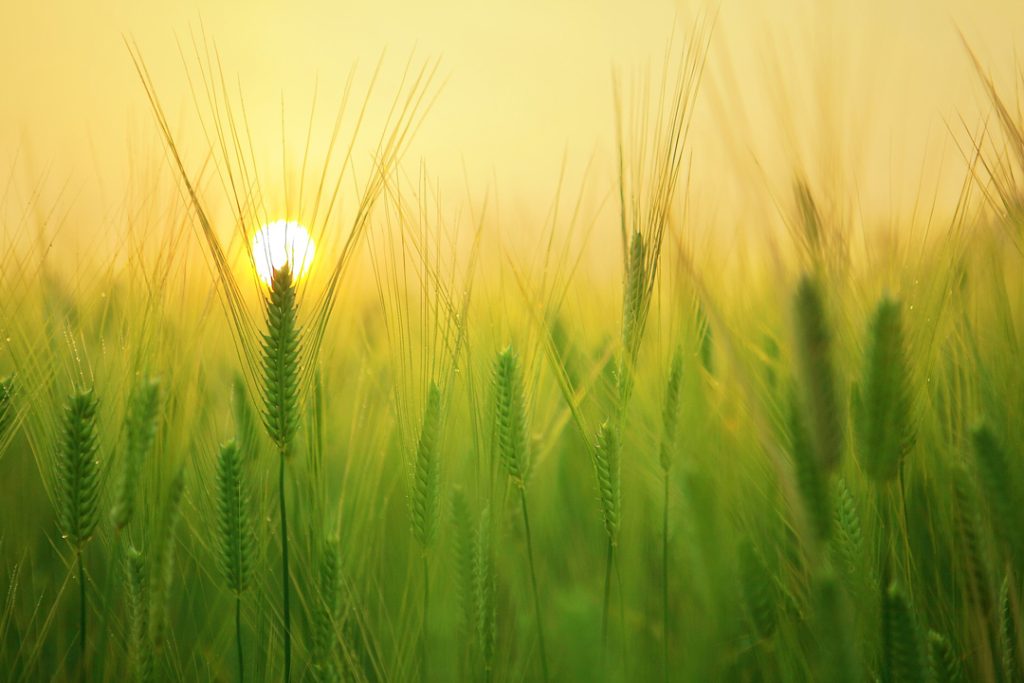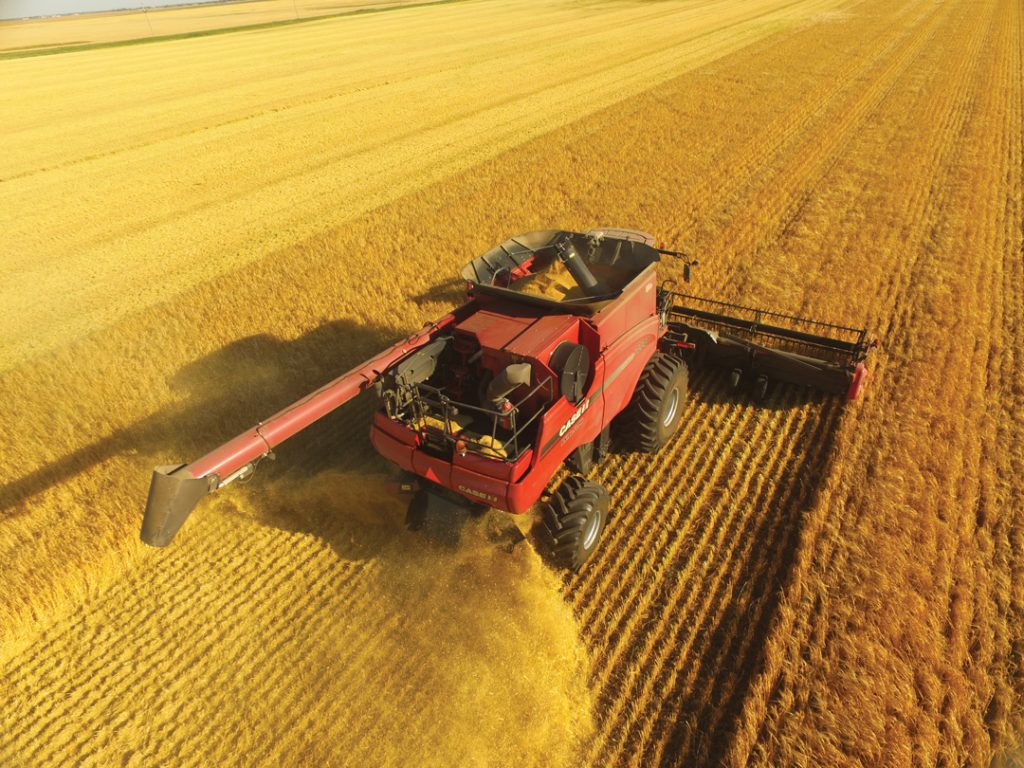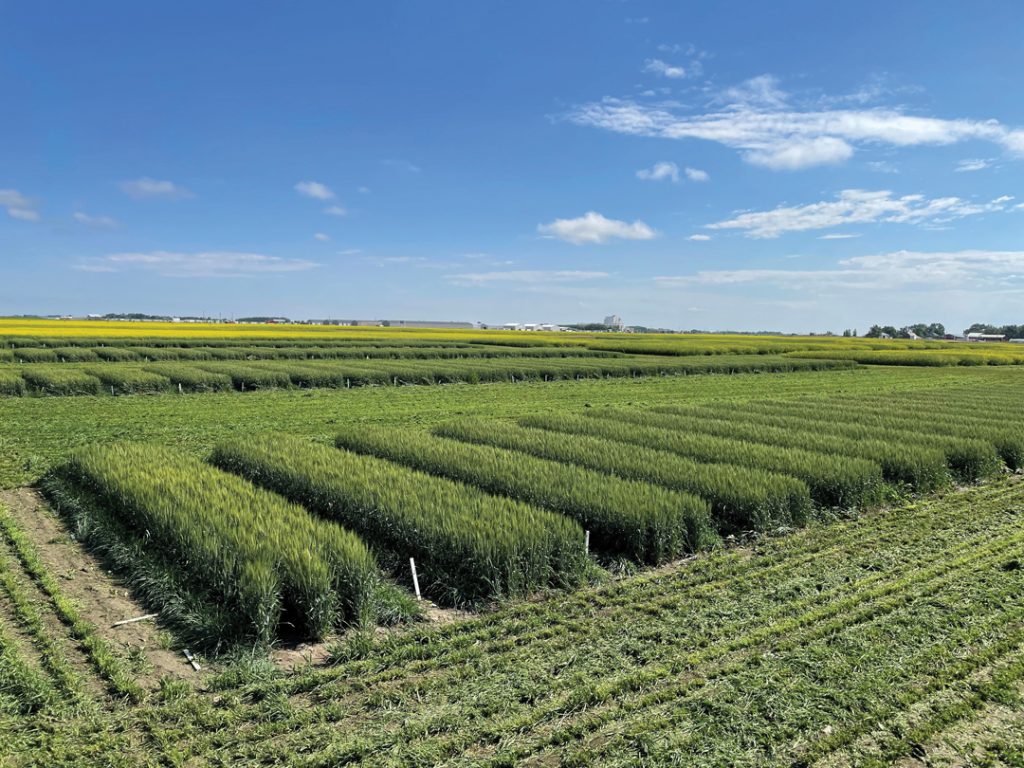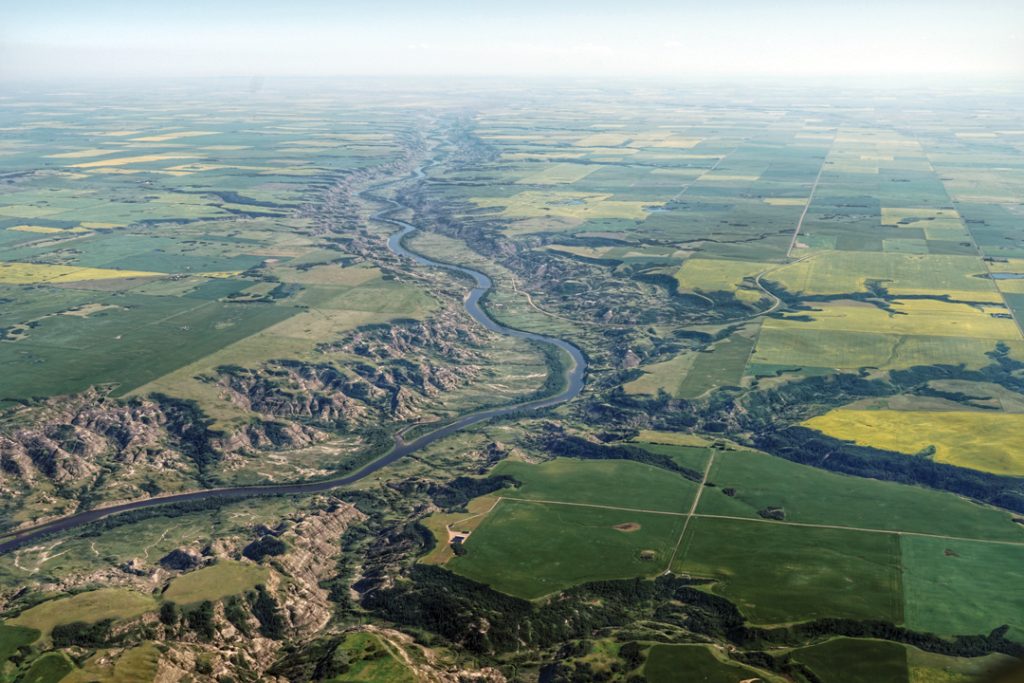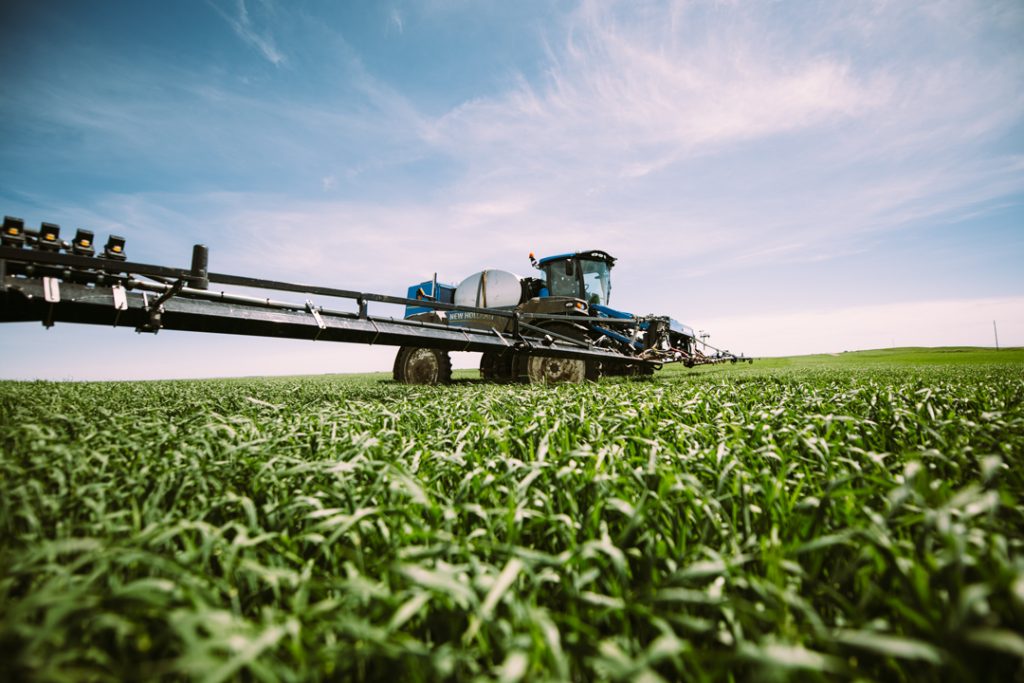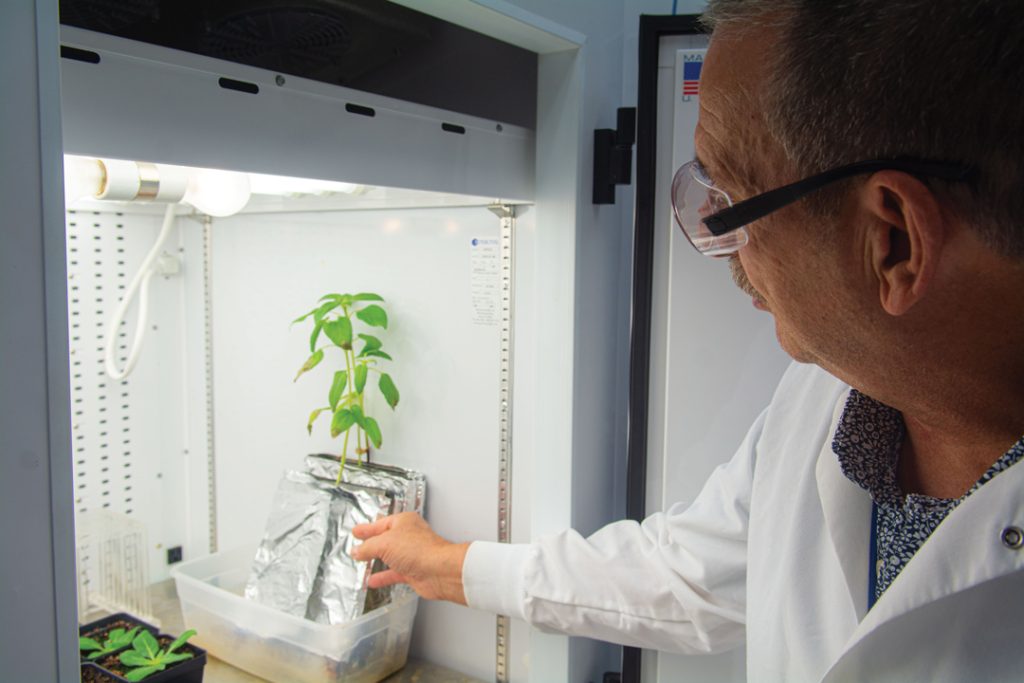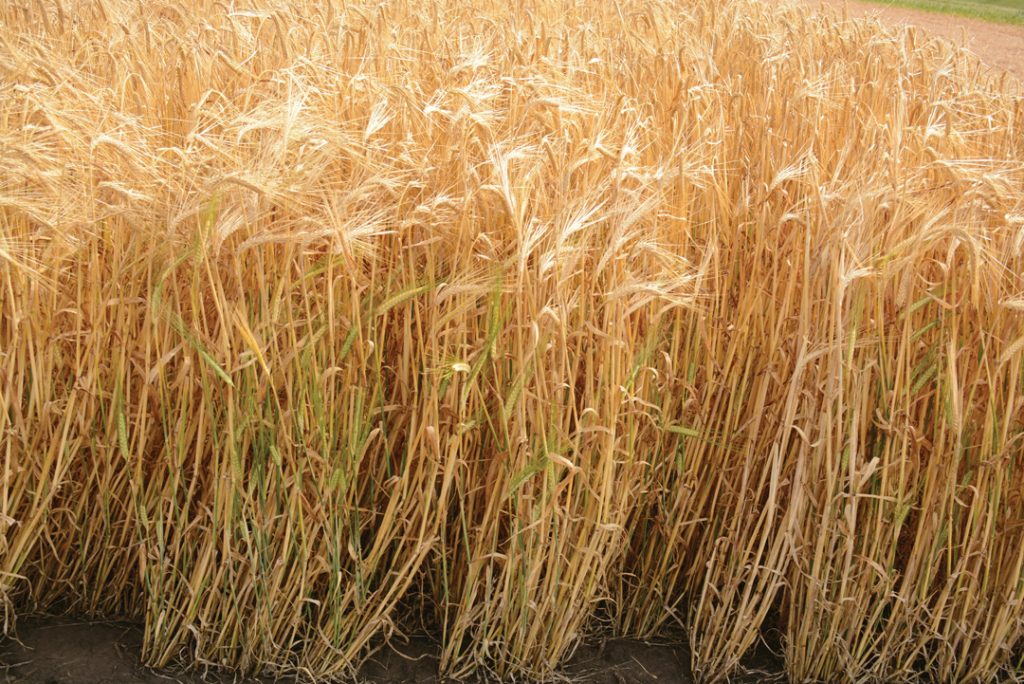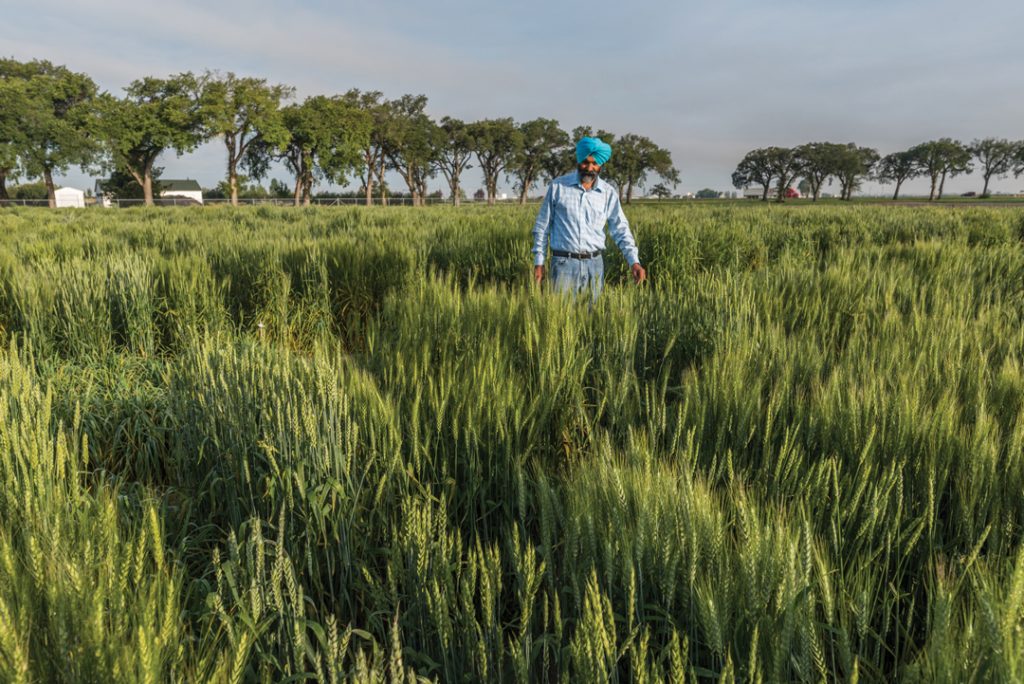SUSTAINABILITY PROJECT GATHERS ON-FARM INPUT
Farmers tend to roll their eyes at mention of the word “sustainability.” It’s a topic the whole world wants to address lately, but farmers generally feel they’ve been left out of the discussion. In a July report by the Canadian Agri-Food Policy Institute (CAPI), farmers take the lead in a rethink and reset of the ag sustainability agenda. GrainsWest spoke with CAPI managing director Tyler McCaan about the guidance provided by the 720 Canadian farmers who contributed to Navigating the Path to Sustainable Agriculture.




